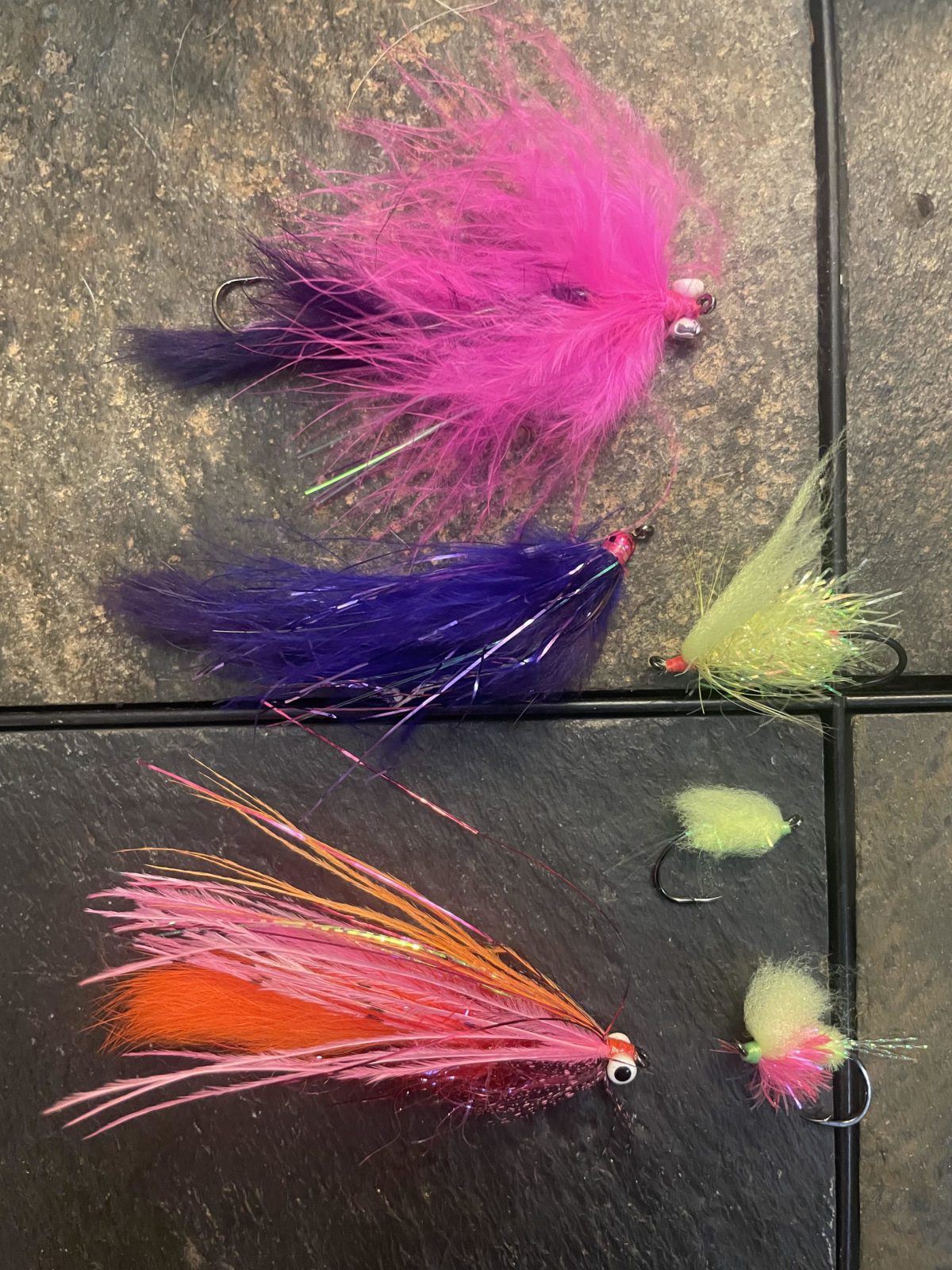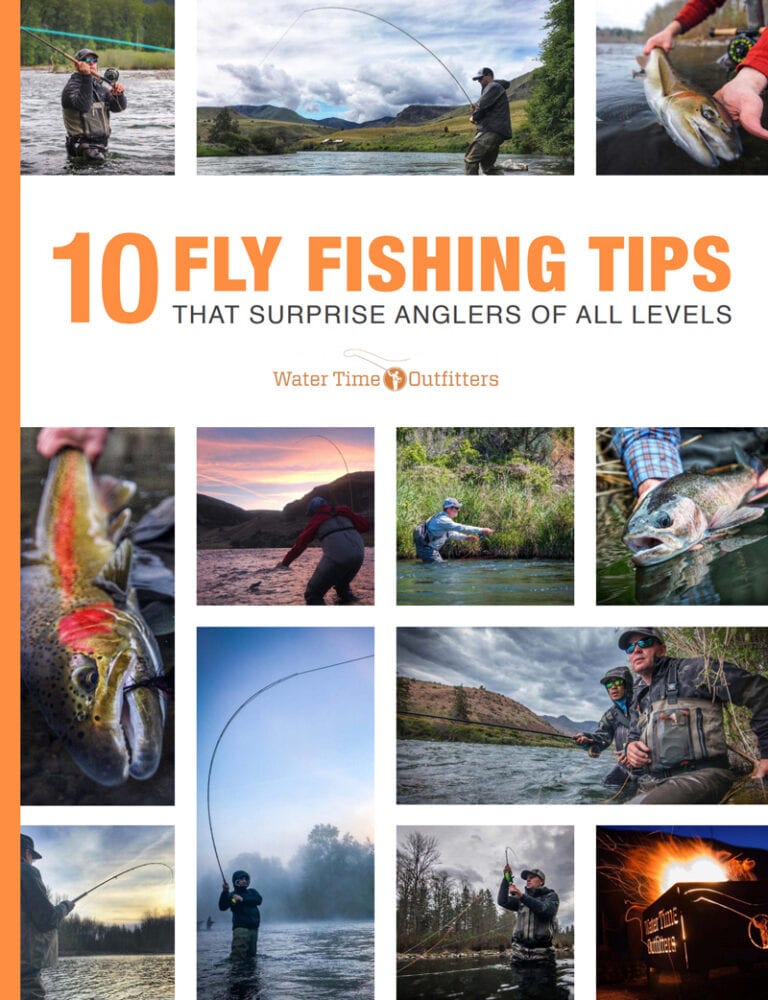Oregon’s Fall Favorite- Fly Fishing For Chum Salmon

Fly fishing for Chum salmon is November’s can’t miss action and it’s starting with this last big rain that is helping fill our rivers with fresh arriving Chum Salmon. I know, your probably like me and would rather fish for steelhead but this year’s steelhead closures come at a time when we are having some excellent salmon runs and one in particular that if you haven’t done it, you don’t know what your missing! Chum salmon show up on a few select rivers on the Oregon North Coast every fall. Chum salmon are a protected species with little to no targeted commercial fishing allowed and is entirely catch and release fishing in Oregon rivers. That typically translates into – LOTS of FISH. Near Tillamook, OR chum salmon spawn in the Kilches, Miami and a few on the Wilson River. These smaller sized rivers are fun to fish, generally easy to wade and often your seeing a lot of fish. Chums are active fish, often rolling on the surface when moving up river.
Chum salmon are valiant, tough fighters that are really fun to catch. This is a good place for a #8 or #9 weight rod. Chums average 8-15 pounds but have been caught as large as 30 pounds. The Oregon state record is 23 pounds (caught on the Kilches River) but hard to say how big they really get when its entirely catch and release fishing these days.
During this time of year anglers also encounter chinook salmon a run which tends to peak in the Kilches around this time. These fish can be really big and often put up a big battle! This year, we’ve seen an good run of coho salmon in the Tillamook area rivers; another species you might encounter while fishing for chum salmon. Chum fishing closes after Nov 15th.
Fishing strategies are varied depending on water speed and depth. We like to swing with spey rods (switch rods are great here too!) using T8, T11 or T14 sink tips. In addition, we like to use a variety of sinking lines and cast and retrieve. I like RIO’s Streamer Express lines or the Teeny lines. These have a 24′ sinking portion in a variety of sinking rates. We most often use 200,250 or 300 grain lines for this. Flies vary widely but typically bright pinks, purple and chartreuse are favorite colors for this fishery.

If you interested in booking a trip for Chum salmon save your dates soon! Chum fishing closes after Nov 15th. Email me to save a date: [email protected]
Here is some info from NOAA Fisheries on fun facts for Chum Salmon.
Biology
- Chum salmon are anadromous—they hatch in fresh water streams and rivers then migrate out to the saltwater environment of the ocean to feed and grow.
- Chum salmon do not reside in fresh water for an extended period (unlike coho, Chinook, and sockeye salmon).
- They can grow up to 3.6 feet and 30 to 35 pounds, but their average weight is 8 to 15 pounds.
- Young chum salmon (fry) typically migrate directly to estuarine and marine waters soon after they are born.
- As they grow larger, they migrate offshore across the North Pacific Ocean.
- As they approach sexual maturity, they migrate back into coastal waters and return to the fresh water area where they were born to spawn.
- They typically spawn between the ages of 3 and 6.
- They spawn from late summer to March, with peak spawning concentrated in early winter when the river flows are high.
- They usually nest in areas in the lowermost reaches of rivers and streams, within 60 miles of the ocean.
- They prefer to nest in areas with upwelling currents to provide oxygen for their developing embryos, and they cover their nests (redds) with gravel.
- In North America, female chum salmon typically have 2,000 to 4,000 eggs.
- All chum salmon die after they spawn.
- Young chum salmon feed on insects as they migrate downriver and on insects and marine invertebrates in estuaries and near-shore marine habitats.
- Adults eat copepods, fishes, mollusks, squid, and tunicates.
- Various fish and birds prey on juvenile chum salmon. Sharks, sea lions and seals, and orcas eat adult chum salmon.
- After salmon spawn and die, salmon carcasses are a valuable source of energy and nutrients to the river ecosystem. Carcasses have been shown to improve newly hatched salmon growth and survival by contributing nitrogen and phosphorous compounds to streams.
Water Time Outfitters offers year round guided fishing trips. Chum salmon fishing is one part of our service. Find out more about our exceptional memory making fishing trips at: watertimeoutfitters.com

